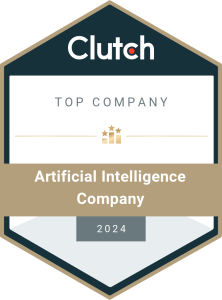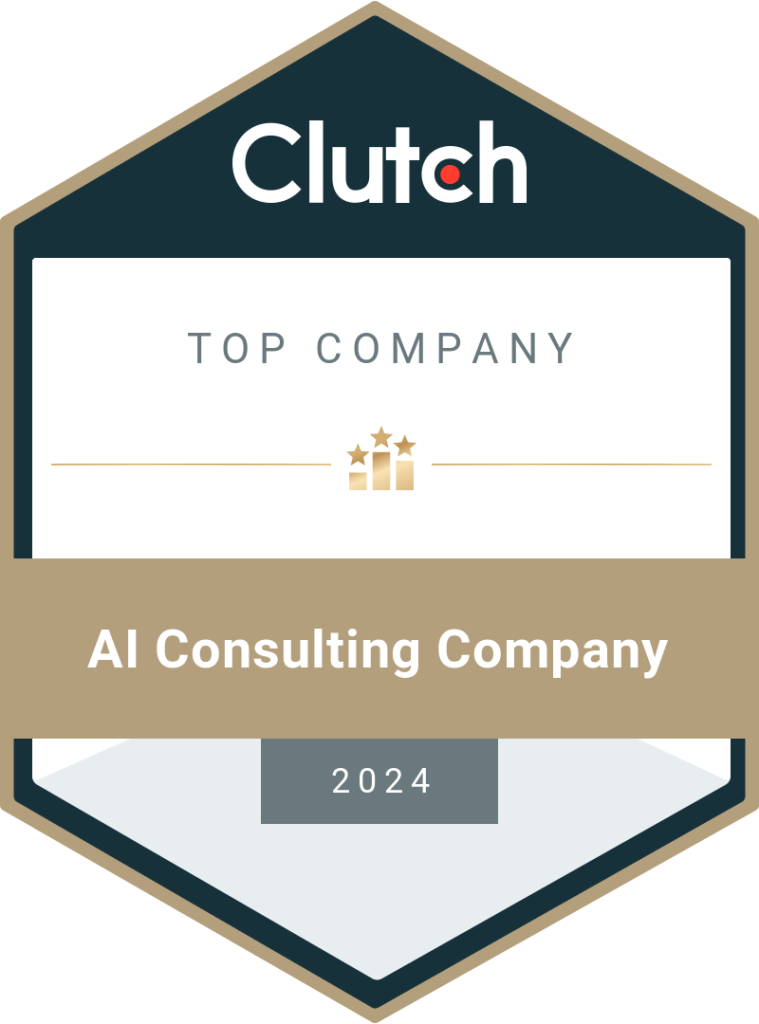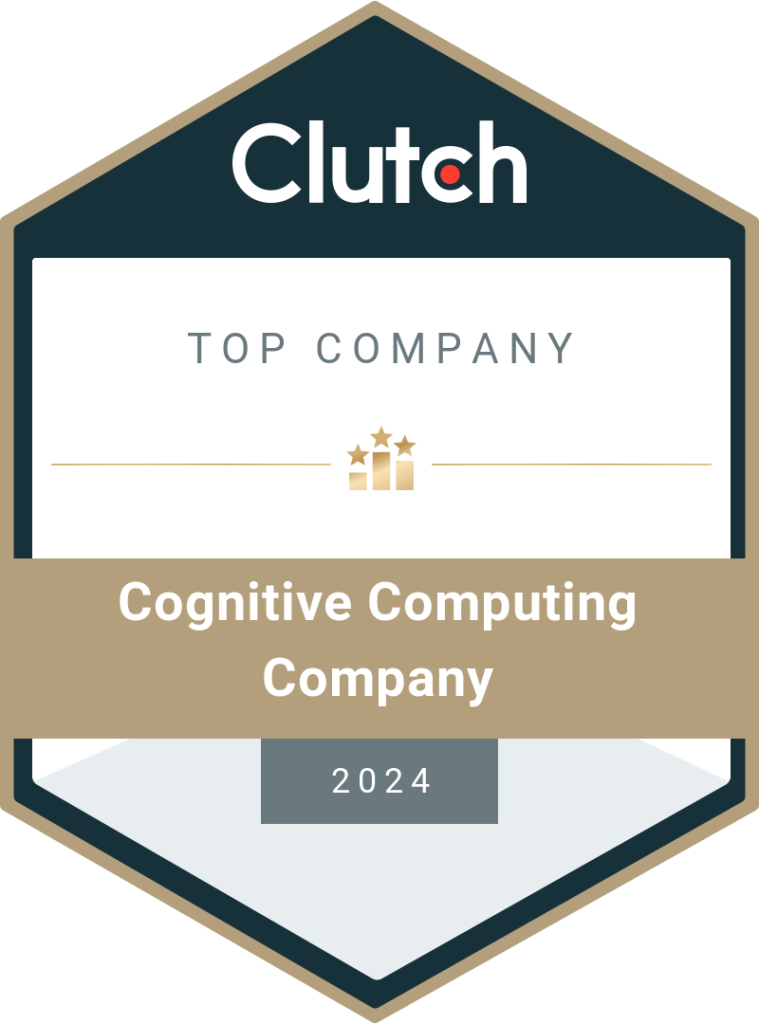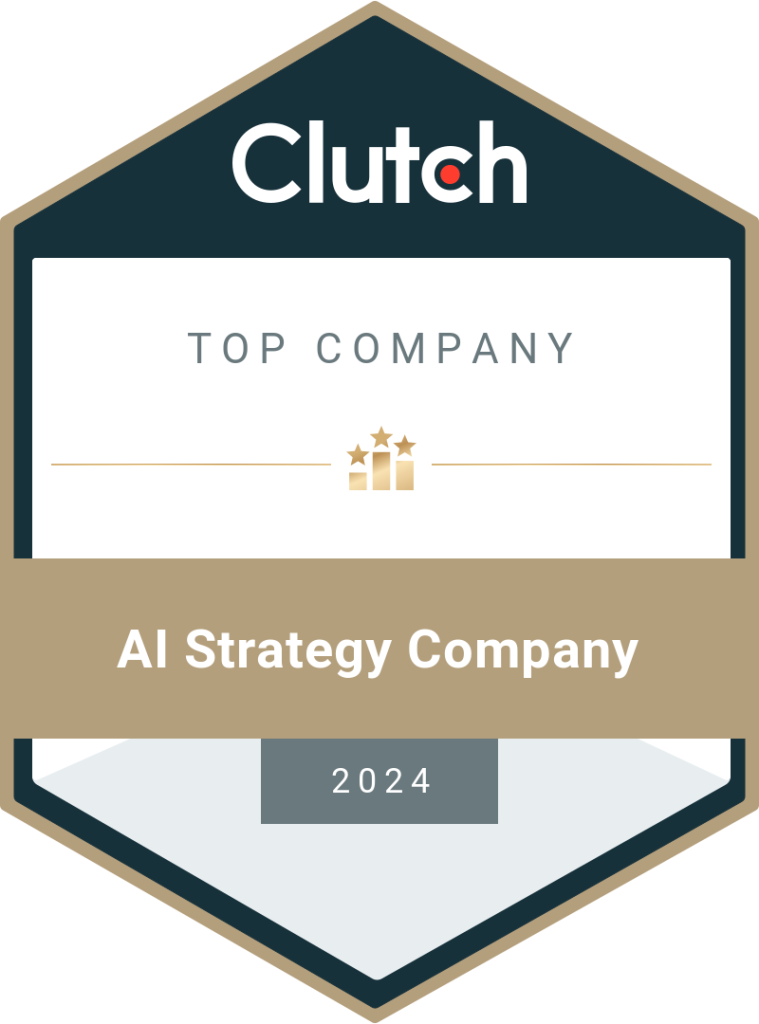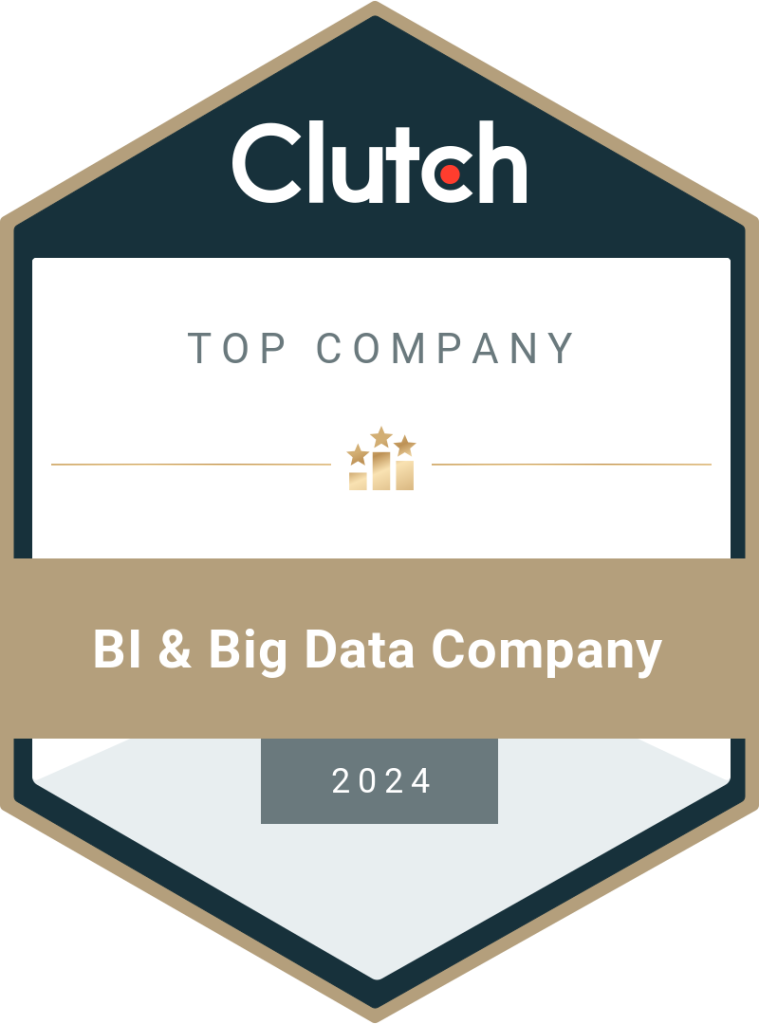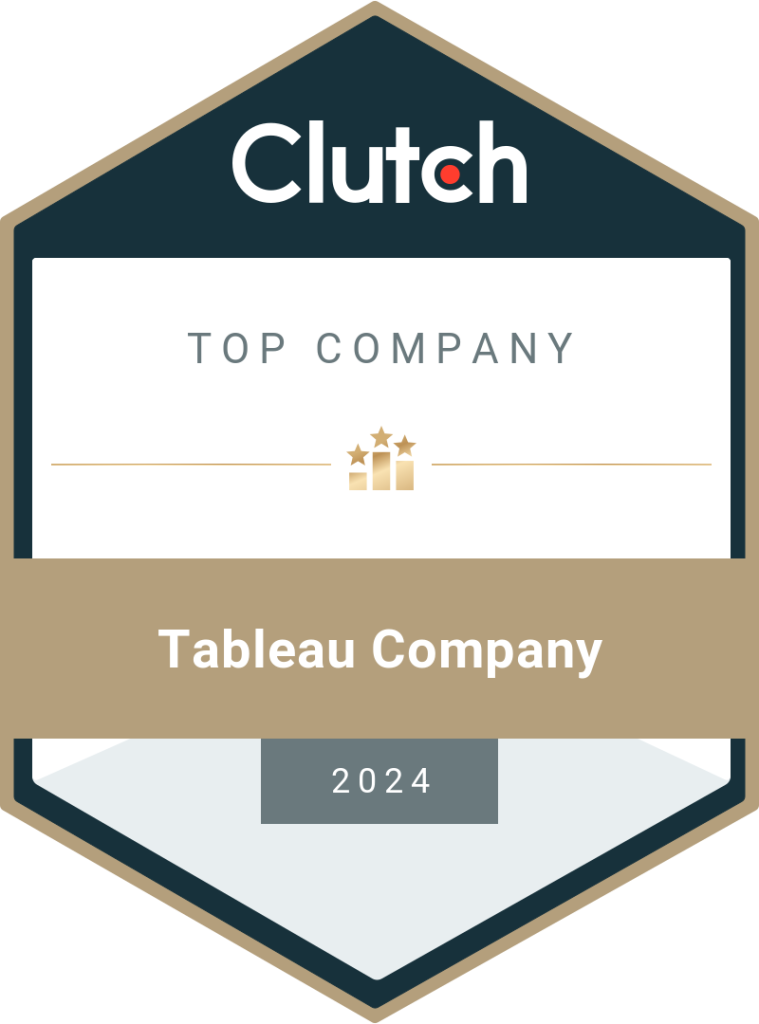Top MBSE Companies in 2025 : The 11 Industry Leaders
Model-based systems engineering is a modern and robust process of using digital systems and engineering models to streamline the product development lifecycle. Here, we’ll discuss the top eleven MBSE companies for enterprises to partner with in 2025. MBSE (Model-Based Systems Engineering) is an advanced system engineering process that uses intelligent digital models to document all the information about a system’s lifecycle. It uses digital and engineering domains to collect, store, and exchange various data (requirements, feedback, design information, etc.) about a system. It is different from the older static model that used analog documents and drawings, formulas, etc., which had to be stored and updated carefully. With MBSE tools, the developers working on a project have complete access to the data but cannot make changes to it on their own. This ensures that the single source of truth is undisturbed and remains secure. Systems Architect Model (SAM), Computer-Aided Design (CAD), and Computer-Aided Engineering (CAE) are used in MBSE to create digital threads that link all the data and models. It is a complex yet vital software to streamline various engineering projects. According to Global Growth Insights, the global MBSE tool market was $3,455.29 million in 2024 and is expected to reach $4,025.65 million in 2025, with a potential growth projected to touch $13,065.36 by 2033 at a CAGR (compound annual growth rate) of 16.5%. MBSE tools will play a major role in industries like aerospace, automotive, defense, telecommunications, and healthcare. While North America is a key player in the MBSE market, countries like India and China from Asia Pacific are seeing an increase in demand for MBSE tools to expand industrial capabilities. In this blog, we’ll find more about Model-Based Systems Engineering tools and the top companies that provide MBSE solutions to enterprises. About Model-Based Systems Engineering Software MBSE software is like a system of systems that helps optimize, streamline, and manage the product development cycle in industries like aerospace, automotive, healthcare, mechanical, engineering, electrical, software, etc. What is an example of an MBSE? A few helpful MBSE examples are listed below: Which companies use MBSE? Many leading global brands and government agencies use MBSE tools as a part of their internal processes. For example, Ford, BMW, the U.S. Department of Defense (DoD), etc., have been investing in MBSE technology for years. Airbus and Lockheed Martin are two other examples. Enterprises can partner with data engineering consulting firms to design their own MBSE framework or buy the Model-Based Systems Engineering software from vendors and customize it to suit their specifications. Both options can be combined to save costs and reduce risks. Hiring an experienced third-party service provider to personalize MBSE software and maintain is a cost-effective and time-saving solution for many businesses. Let’s look at the top MBSE companies to partner with! Top MBSE Companies To Partner With in 2025 DataToBiz DataToBiz is among the leading data engineering companies offering end-to-end services to startups, SMBs, MSMEs, and large enterprises from around the world. The company has ISO and SOC 2 certifications to ensure data security and compliance. It designs and maintains the MBSE framework that aligns with the client’s requirements. Be it Azure and AWS data engineering, the company’s certified experts will handle the process from start to finish and upgrade the systems in the long-term. Additionally, enterprises can benefit from customized cloud-based data warehousing services to build a central repository for better collaborations between teams. DataToBiz also customizes existing MBSE software tools provided by third-party vendors and takes care of the support and maintenance services. Siemens Siemens is a popular technology innovator with a global presence. Among various tech products and services, the company is famous for offering robust Model-Based Systems Engineering software for industries to effectively manage the product development lifecycle irrespective of its complexity. It promotes an ‘integrate and then build’ concept where manufacturers can rely on digital twins to streamline factory operations and create flexible and agile environments for better production. Additionally, Siemens and IBM have collaborated to bring together their powerful solutions and deliver greater results to businesses. The company works with large enterprises as well as SMBs to transform multi-domain development and enable cross-platform scalability. The company customizes the MBSE services based on the client’s industry and target market. IBM IBM is a global IT service provider with a presence in numerous nations. The company’s engineering lifecycle management product, Rhapsody, is a comprehensive and powerful MBSE software designed to help businesses from various sectors. It offers trustworthy modeling, seamless integrations, effortless code generation, digital thread, and simulations across different domains. IBM® Engineering Rhapsody® is great for collaborative design development and test environments. It is also effective in accelerating industry standards to improve production quality. From analyzing the project details to quickly implementing the design, supporting real-time agile engineering, and third-party integrations, Rhapsody is beneficial and must-use software for manufacturers from industries like aerospace, automotive, etc. Arcfield Arcfield is a US-based company offering services in the US and Canada with a focus on various forms of defense and space exploration. The company’s MBSE solution simplifies the complex challenges faced by industries in today’s world, be it cost, long-term efficiency, or decision-making. The platform’s innovative capabilities can empower businesses to handle volatile conditions, streamline the production lifecycle, and increase transparency. Arcfield has a team of certified experts with domain experience to use different existing MBSE platforms and integrate them to create seamless and high-fidelity digital twins in the enterprise. Its digital engineering ecosystem consists of all the required elements (from databases to analytics, visualization, and simulation) to deliver the promised results. Mercury Mercury Systems is a technology company offering services in the global aerospace and defense industries. Be it essential components or pre-integrated subsystems, the company provides innovative and scalable solutions based on clients’ requirements. It gives the utmost importance to safety certification and security. The company’s MBSE technology and services support the development lifecycle through cost-effective means. It considers MBSE as one of the four pillars of digital transformation and uses state-of-the-art technologies to provide
Read More